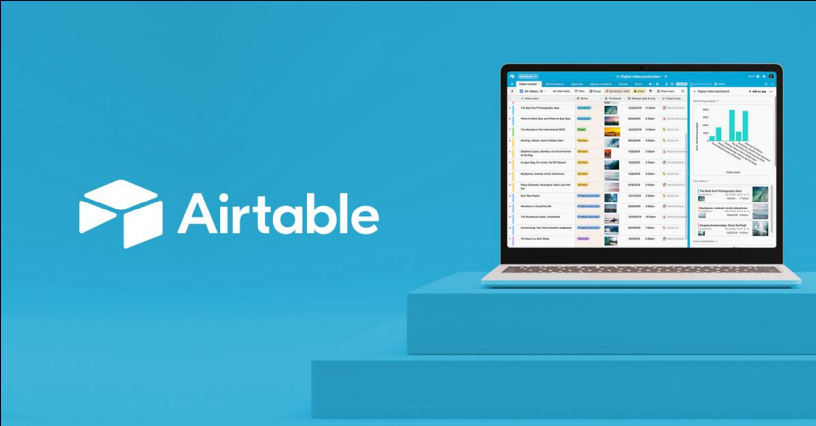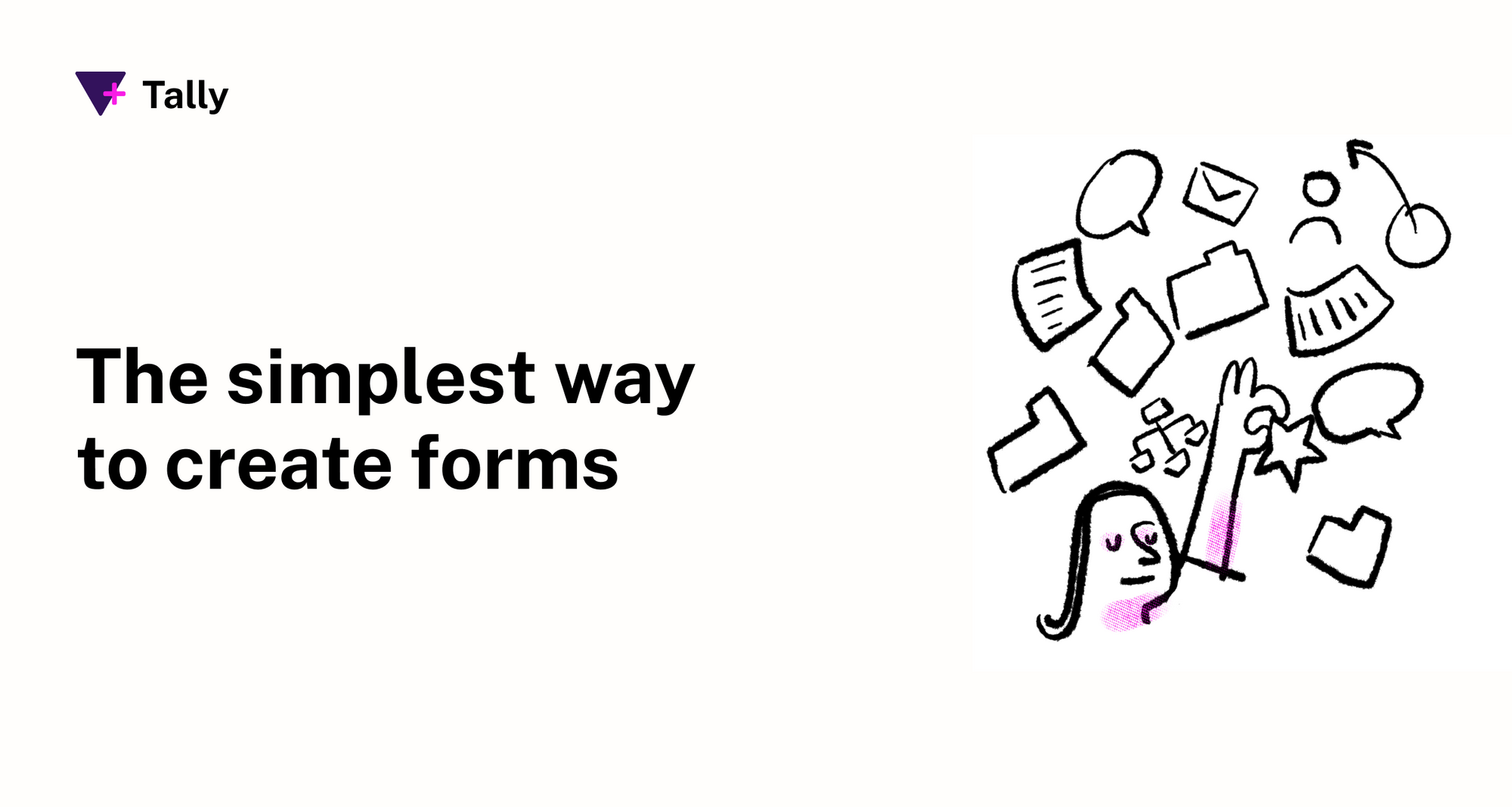Create a website, an app or automate an internal process without writing a line of code? In 2025, this is not only possible, but it has become a norm for entrepreneurs, startups, and product teams. No-code has transformed the way digital projects are created, tested, and launched.
The rise of these tools requires us to stay up to date all the time. Sometimes that means questioning everything, learning everything again, to master the last and often the best of the moment.

Here is our selection of the 10 most powerful no-code tools on the market in 2025, to update you 😮 💨
Gone are the days when no-code was seen as a DIY for non-developers. In 2025, it is a real professional toolbox adopted by startups, SMEs, freelancers... and even large groups. Why? Because it allows you to quickly create, test ideas, launch products, and automate just about anything without depending on an army of developers.
💡 Create efficient, beautiful and animated sites, without coding.
Webflow has established itself as the reference tool for creating tailor-made websites without writing a line of code. Its visual interface makes it possible to design pages to the nearest pixel, to add fluid animations, to manage the responsive and even to integrate complex logic via its integrated CMS.

But that's not all: this tool goes well beyond a simple “showcase site”. In 2025, it makes it possible to manage blogs, dynamic databases, multilingual content, member areas or even advanced integrations with tools such as Make, Zapier, or Memberstack.
The final result is clean, fast, well optimized for SEO, and above all... autonomous. Once delivered, your customer can manage their content without breaking the layout.
Ideal for agencies, freelancers, startups, or any company that wants a modern, scalable, and ready to perform site. And if you are still not trained on this tool, it is not too late by following Our Ultimate Webflow Guide !
👉 Want to see what we can do with it? We have summarized everything (examples, services, approach) on our dedicated page.
Come and have a look here: our Webflow agency

💡 The no-code alternative to traditional dev frameworks.
Bubble is the champion of no-code when it comes to creating truly powerful web applications. Here, we are no longer talking about simple landing pages: you can build a complete SaaS, a marketplace or an internal tool, with user management, relational database, conditional workflows and a 100% personalized interface.
In 2025, Bubble matured even further with a redesigned interface, boosted performance, and integrated AI that helps you generate items or workflows more quickly. It's a bit like coding, but in a visual version, with a real development logic.
Perfect if you want to test an idea, launch a solid MVP, or simply build your product without a tech team.

And if you still hesitate, we tell you everything in our comparison Webflow vs Bubble vs Wix.
💡 Connect all your tools without writing a line of code.
Make is the preferred tool for those who love efficiency. It allows you to automate tasks, link tools together, and create complex scenarios without touching a single line of code. You can have Notion chat with Webflow, send info from a Tally form to Airtable, trigger notifications in Slack, and much more.
What makes the difference in 2025? An even smoother interface, an integrated AI engine capable of offering you automations in a few quick steps, and almost endless possibilities, even for the most demanding projects.
It is the perfect ally to save time, avoid manual tasks, and build solid processes like code... but visually.

💡 Manage your data with highly flexible visual views.
Airtable is the spreadsheet that decided to take it to the next level. Easy to learn like Google Sheets, but capable of managing complex structures like a real database, it has established itself as a central tool in no-code stacks.
You can manage a CRM, an editorial calendar, a product inventory, or even a complete back office. Its multiple views (kanban, calendar, gallery...), its native automations, and its integrations with Make, Zapier or Webflow make it a real data hub, as visual as it is robust.
In 2025, Airtable continues to shine thanks to an ultra-smooth user experience and new features that make collaboration even easier.

💡 A fast, modern, design-oriented site creation tool.
We already talked about it in our article on the Framer web design tool and it clearly grew in 2025. Originally designed for prototyping, it has become a tool for creating ultra-fast websites, with easy handling, a component approach, and smooth animations right out of the box.
Its big strength: speed. Both for creation and for online rendering. And with its pre-designed blocks, visual editing options, and integrations (analytics, forms, SEO...), Framer becomes the ideal option for freelancers, startups, or solo creators who want a stylish site without friction.
Perfect if you want to publish quickly, well, and without drowning in options.

💡 The tool to deploy a mobile or desktop app... in one hour.
Glide is a bit like the magic of the no-code express version. You start from a simple database - a Google Sheets sheet or Airtable - and in a few clicks, you get a real application, ready to be used on mobile or desktop.
The interface is clear, the components are easy to customize, and you can add business logic, user roles, or even associate an API if you want to go further. In 2025, Glide strengthened its pro side with top performance and advanced options for businesses.
It is the ideal tool to create a tailor-made internal tool, a client app or a small back office, without spending weeks on it.

💡 The central headquarters for documentation, processes, roadmaps.
Notion is the preferred workspace for those who want to centralize everything without losing track. What was only a note-taking tool became a real no-code platform for content management and organization in 2025.
You can create relational databases, dashboards, an internal wiki, a homemade CRM... and connect all this via API or automations with Make. And with AI, you save a lot of time: report generation, automatic summary, content suggestions... everything is designed to go faster, without sacrificing clarity.
Perfect for keeping a team aligned, documenting a project, or simply getting your digital brain in order.

💡 Transform your databases into functional websites.
Softr is the perfect tool to quickly create a web portal without coding, using data that already exists in Airtable or Google Sheets. In a few minutes, you can build a member area, a dashboard, or a visually professional and secure intranet.
Everything is ready to use: authentication system, user roles, private pages, forms, filtered search... You connect your database, you choose your design, and your app is online. In 2025, Softr is attracting more and more SMEs and non-technical teams thanks to its simplicity and reliability.
Perfect for turning a spreadsheet into a real web tool, without headaches or lines of code.

💡 Create forms that don't look like forms.
Tally breaks the classic form codes. Its minimalist interface allows you to create modern, elegant, and fully customizable forms in minutes — all without fighting with field limits or frustrating paywalls.
Whether you need a contact form, survey, event registration, or interactive quiz, Tally does the job—and more. In 2025, it easily adapts to Notion, Webflow, Airtable, or Make, and offers conditional logics worthy of a pro tool.
Easy to learn, powerful under the hood, and free in 95% of cases. A safe bet.

💡 Automate without coding, in a simplified version.
Zapier is a bit of a no-code veteran, but still alive and well. It allows you to automate simple tasks between thousands of apps: as soon as a form is filled out, a form is added to Airtable, an email goes to Gmail, and a notification arrives in Slack all that, without lifting a finger.
In 2025, even though Make has become stronger for complex scenarios, Zapier remains the fastest solution to set up for everyday automations. Its clear interface and its numerous templates allow you to save a lot of time without getting too busy.
Perfect for marketing units, solopreneurs or SMEs who want to connect their tools without going into the technical stuff.
In 2025, the border between no-code and low-code is becoming increasingly fine. Some tools like Webflow or Bubble now offer the possibility of adding custom code, which opens the door to much more ambitious projects. And this is exactly where no-code becomes interesting: it is no longer reserved for “simple” or “ephemeral” projects.
The real challenge is not to choose between no-code or code, but to find The right balance according to your project, your timing and your resources. No-code helps you prototype, test, accelerate. Low-code allows you to scale, connect to APIs, or add very specific functions.
In short, there is no need to oppose the two worlds. The idea is to use the right tools at the right time and to keep your freedom to create.
It is no coincidence that these no-code tools are dominating the market in 2025. They meet three major expectations of creators, entrepreneurs and product teams.
First, accessibility. You no longer need to be a developer to build a solid, visual, functional solution. These tools open the door to digital creation for everyone.
Second, scalability. Whether you are at the idea stage, the MVP stage or an already launched company, they adapt at your pace. You can iterate, test, scale—without starting from scratch.
And above all, the community. Each of these tools is surrounded by an active user base, shared templates, templates, tutorials, plugins and resources to help you progress without feeling alone in front of your screen.
.jpg)
In short, they're not just technical tools, they're project accelerators. And in 2025, that's exactly what's needed to stay agile.
The no-code does not intend to end there. In 2025, it is sliding gently towards Low-code, by integrating more advanced functionalities, finer logic... and especially ofGenerative AI to boost creation. Webflow, Make, Framer or even Bubble are already introducing these new generation assistants to save time and push the limits.
The line between developer, designer, and creator is fading. And frankly, so much the better: it is this openness that allows innovation to go faster, further, and allows more people to dare to launch.



